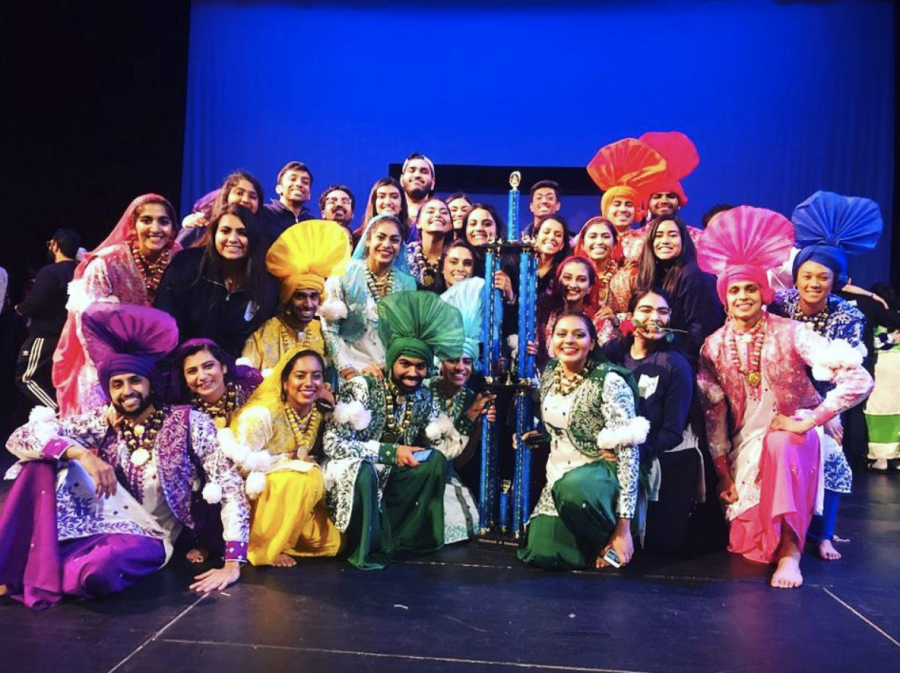More than a club?
My first exposure to Indian culture came last year when I was a first-year student living in the Tyler House on the north side of campus. I vividly remember it: I was walking past Wade Commons when I noticed people doing a dance routine inside.
As I watched and walked, a substantial number of people inside the building were doing choreographed dances to what sounded like Indian music. I did not realize at the time that I was witnessing one of Case Western Reserve University’s dance teams practice for their third time in a single week, nor did I realize how significant Indian dance was becoming, and now has become, on our campus.
CWRU has four dance teams centered around different types of Indian dance circuits (Raas, Fusion, Classical and Bhangra). The distinctions between the styles may seem trivial to a casual observer but are actually quite significant to those affiliated with these clubs.
Raas, represented by Case CobRAAS, is based in Gujarat-style choreography that traces its origins back centuries ago to the city of Gujarat in India. Fusion, represented by Case Kismat Fusion, is more of a contemporary version of traditional Indian dance blended with songs rooted in hip-hop, Bhangra and Bollywood. Bhangra, represented by Spartan Bhangra, is similar to Raas in the sense that its choreography can be traced back to the Punjab region centuries ago. And Classical, represented by Case Nritya, blends classical Indian choreography with modern music to tell stories.
These four clubs comprise of over 100 students who compete nationally. Spartan Bhangra hosted their own Naach Di Cleveland on March 23. Hundreds of dancers from 16 teams specializing in Bhangra or Fusion represented different universities from across the nation. They competed and were scored based on a point-based system.
If a team’s performance at national events like Naach Di Cleveland gets a significant amount of points, they may qualify to go to the “National Championship” of Indian dance. CWRU is sending two dance teams, Kismat Fusion and Spartan Bhangra, and the acappella team Dhamakapella to compete for its own respective championship.
Behind the scenes, members of each team put in a great number of hours practicing the routines. According to an anonymous dancer on CobRAAS’s team, the members typically practice eight to nine hours during any given regular week. This excludes increased practiced times during the week of a competition and the competition itself.
That is on par with, if not more than, what most club sports at CWRU spend practicing. The expenses are on par with a club sports team as well. All members pay a certain fee to help cover transportation costs, motels and traditional costumes and props used for the routines.
Currently, the Undergraduate Student Government helps offset these costs, but most teams have their own fundraisers to help with competition costs. In fact, Spartan Bhangra had its own Taco Bell fundraiser on April 10, with six menu items at $3 each, and even delivery to Fribley and Northside dormitories.
It is astonishing to witness the rise of these dance teams on our campus. It gives Indian culture a unique voice that is seldom heard. My congratulations goes out to the three teams competing for nationals, as well as for the other two teams’ placements at events earlier this year.
Given the immense amount of work all the dancers (and singers) put into their craft, and at times even passion, that is a tremendous accomplishment. If you get the chance to do so while attending CWRU, I highly encourage you to witness these dancers representing Indian culture in our community in action.
David Pietrow is a second-year majoring in computer science and minoring in applied data science. He was once hit by a bus, so if his reporting of the...


